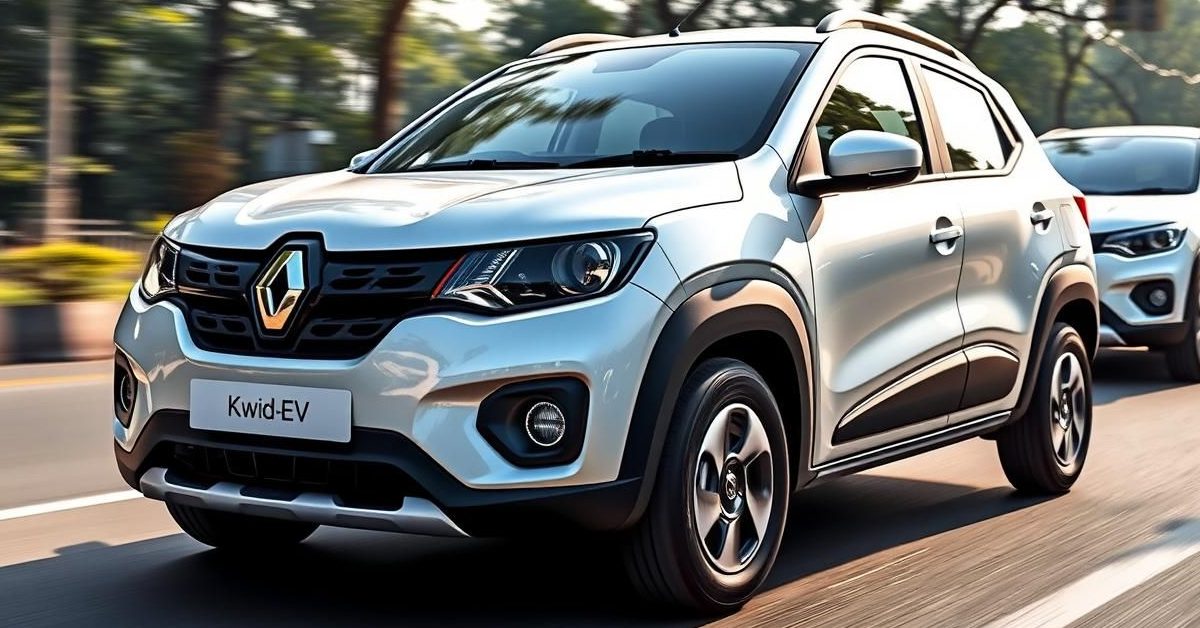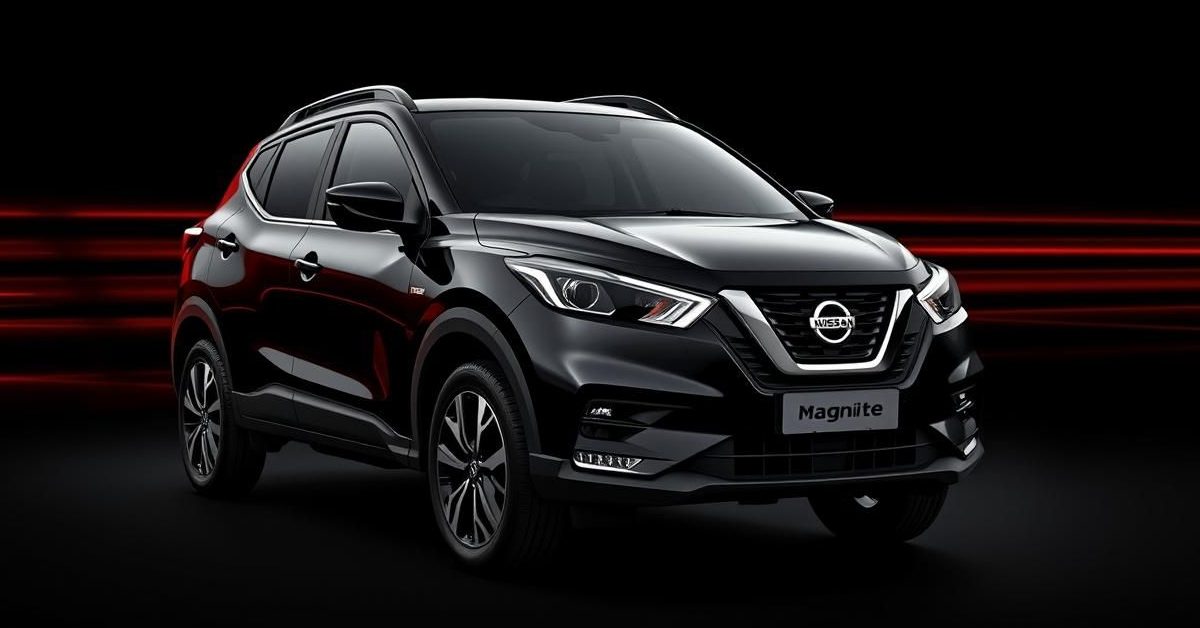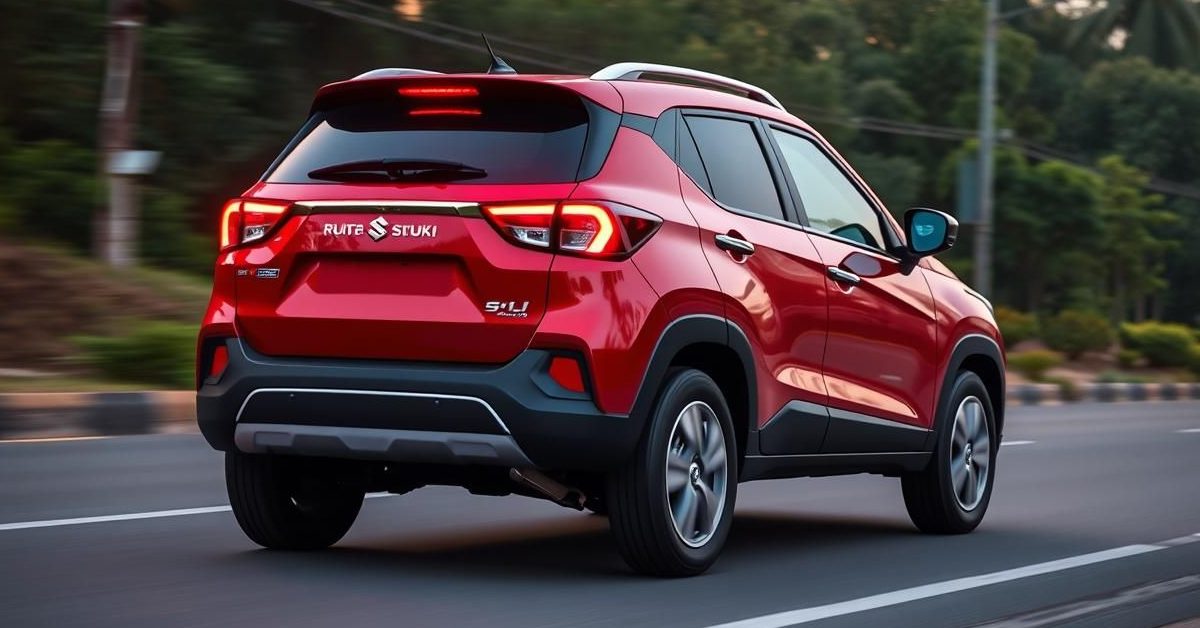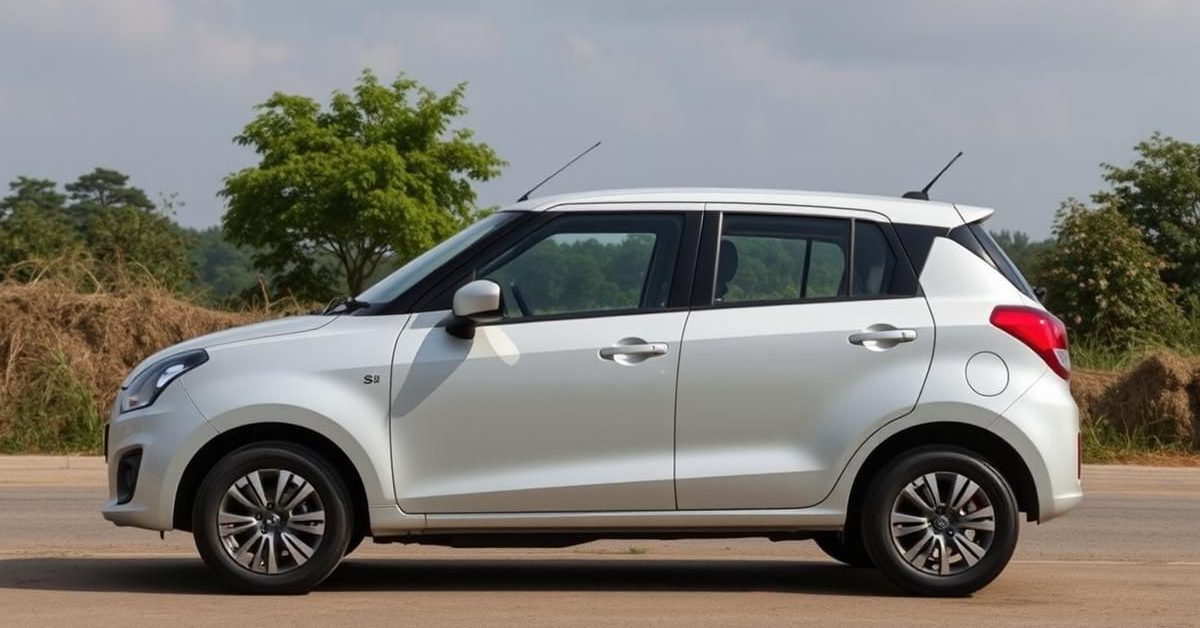The highly anticipated Renault Kwid EV has been spotted testing on Indian roads, hinting at an imminent launch possibly in late 2025 or early 2026.
Kwid EV: Spied on Indian Roads
Renault is stepping up its game in India, and the Kwid EV is a key part of this strategy. A fully camouflaged test mule was recently seen, marking another instance of the electric hatchback undergoing trials.
This sighting confirms that the development is well underway. The company aims to introduce more electric models, expanding its presence in the burgeoning Indian EV market.
Design: Familiar Yet Fresh
From the spy shots, the Kwid EV appears to share a similar silhouette with its petrol-powered counterpart. Expect some subtle cosmetic changes to give it an electric vehicle identity.
These EV-specific tweaks might include redesigned bumpers, unique badging, and possibly new wheel designs. The overall compact and urban-friendly dimensions are likely to be retained.
Under the Hood: Performance and Range
Mechanically, the India-spec Kwid EV is expected to draw heavily from the Euro-spec Dacia Spring EV. This model features a 26.8kW battery pack paired with a 33kW front-wheel-drive motor.
This setup allows the vehicle to accelerate from 0 to 100 kmph in 19.2 seconds, with a top speed of 125 kmph. The claimed range on a single charge is around 225 km, which should be adequate for city commutes.
When it comes to charging, the Dacia Spring EV supports fast charging up to 30kW. This enables the battery to top up from 20 to 80 percent in just 45 minutes, offering convenience for quick recharges.
Inside the Cabin: Tech and Comfort
While specific details about the Kwid EV’s interior are still under wraps, it’s anticipated to borrow features from the Dacia Spring. This could include a modern 10-inch infotainment system.
Additionally, a 7-inch digital instrument cluster is expected, providing key driving information clearly to the driver. These upgrades aim to enhance the in-cabin experience for EV buyers.
Safety First: Advanced Features
Safety is a priority, and the Kwid EV is likely to come packed with several features. These could include emergency calling, Anti-lock Braking System (ABS), and Autonomous Emergency Braking (AEB).
Other anticipated safety aids are Lane Keep Assist (LKA), Lane Change Warning (LCW), Electronic Stability Control (ESC), and Tire Pressure Monitoring System (TPMS). It is also expected to offer six airbags and ISOFIX child seat mounts for enhanced protection.
Key Rivals in the EV Segment
Given its expected performance and positioning, the Renault Kwid EV will enter a competitive market. It will go head-to-head with established players like the MG Comet, Tata Tiago.ev, and Tata Punch.ev.
The Citroen eC3 will also be a direct competitor. Renault will need to price the Kwid EV competitively and offer compelling features to carve out its niche in this rapidly growing segment.
- Renault Kwid EV test mule spotted, indicating a 2025-2026 launch.
- Likely to be based on the Euro-spec Dacia Spring EV.
- Expected range of 225 km with a 26.8kW battery.
- Anticipated features include a 10-inch infotainment system and six airbags.
- Will compete with MG Comet, Tata Tiago.ev, Tata Punch.ev, and Citroen eC3.
As more details emerge, the Kwid EV is poised to be an interesting addition to India’s electric vehicle landscape, catering to the growing demand for affordable and efficient urban EVs.













